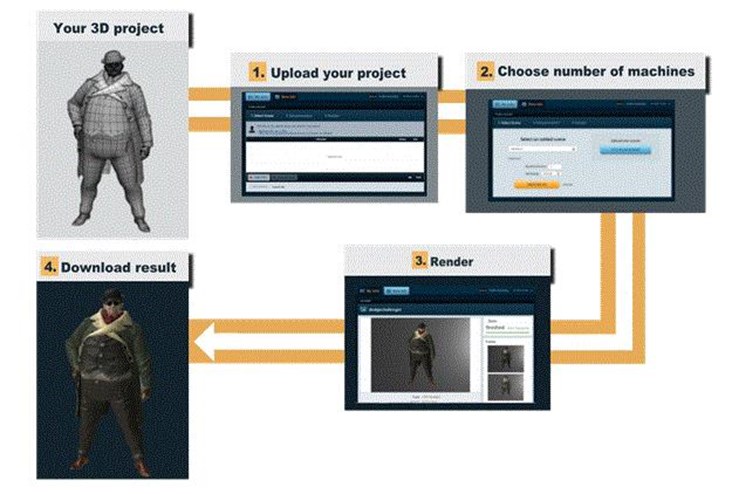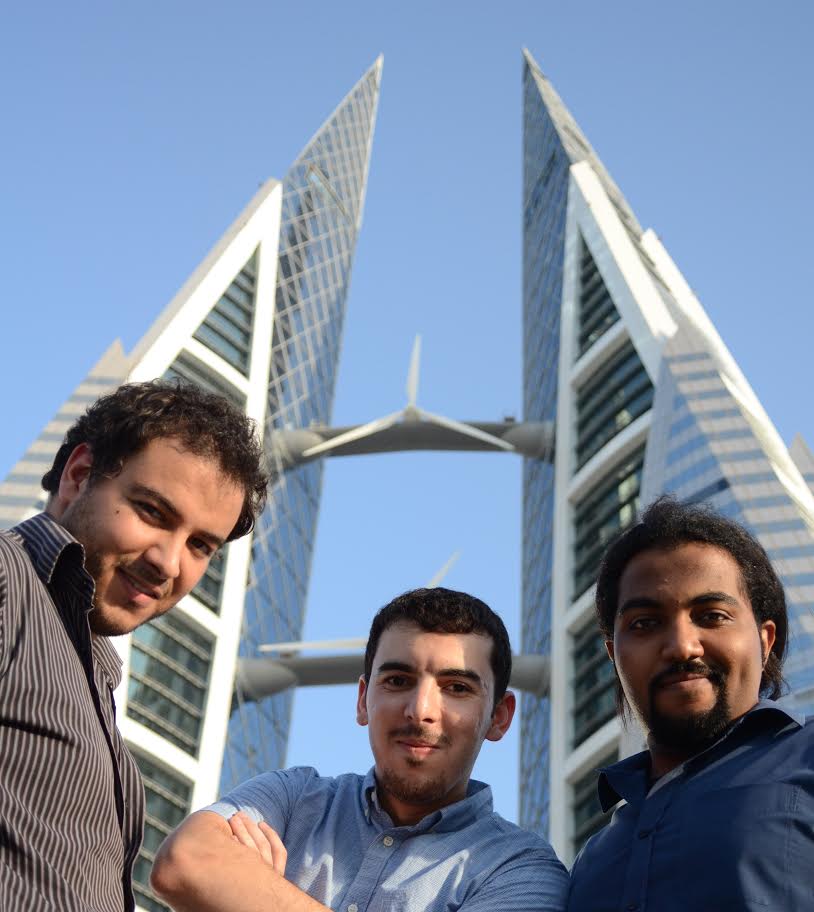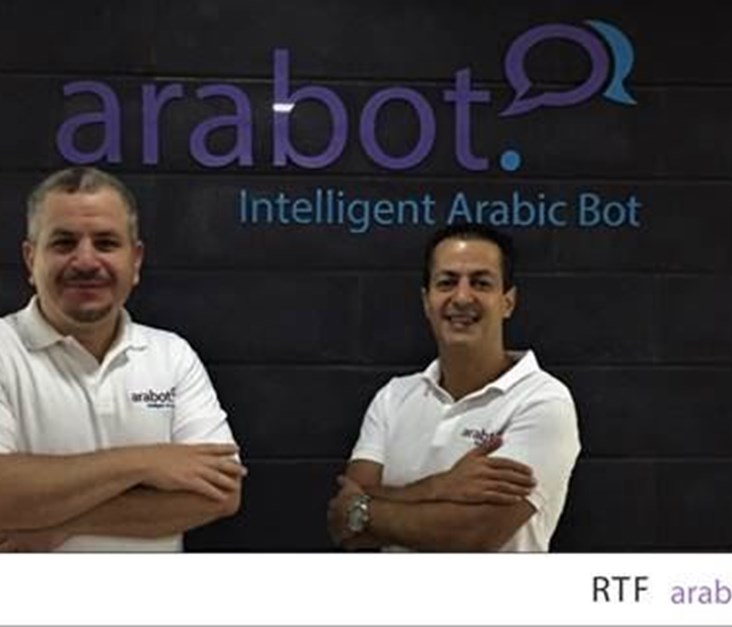
Exa.io is an up and coming cloud based rendering platform based in Bahrain. The company was founded by Zakaria Ben Hamouche and Ibrahim Mokdad from Algeria and Bahraini Mohamed Sheikhaldeen. The three had met at university during a gaming tournament. They all shared a knack for gaming; part of their hobby was building high performance PCs. This, in turn, would inspire them to start Exa.io in the future.
Their personal foray into gaming hardware brought their attention to the potential of GPUs, or graphical processing units. GPUs are commonly paired with central processing units - the heart of a PC - to accelerate processing and lessen the strain on the CPU. This is specifically done when mathematically intensive tasks are required. GPUs are most commonly used to run graphic intense PC games and 3D modeling software, but their use extends far beyond that. For example, GPUs have been used for molecular modeling.
The idea started fermenting as far back as 2009 and finally crystallized in 2011 after thorough research into the technology. Building the business started in 2012. Soon after the team joined an accelerator program where they equipped themselves with indispensable business and financial know how. And just recently, they soft launch the service and opened it to the public.
Exa.io utilizes cloud platform providers, like Amazon, to run its services. Naturally, their role as middleman is not restricted to logistics, so to speak, but the company also adds their “secret sauce” as the founders had told me. Their company develops proprietary software that enables users to plug into the rendering farm. For companies that cannot use the internet in their production, for lawful or logistical reasons, the company is developing in house render up to 300 times faster than what is currently on offer.
The choice to opt out of owning hardware was based on two reasons. First, it keeps costs, and consequently prices, low. Secondly it allows them to scale up quickly when need be.

How does it work?
Users would complete their design on any of a number of compatible 3D modeling software - 3D Studio Max, Maya, Cinema 4D, etc (you can see the whole list on their main page exa.io) - and then upload it to Exa.io. They specify how many cores they want and later download the result once the work is complete.
At its first stage, the company focused on Blender for their project, an open source 3D graphics and animation software which was popular among freelancers. While Blender served them well to test and validate the service, they tell me that it isn’t very popular, especially among pros, and not very well known in the Middle East. But right now, they are developing and testing their system in accordance with Mental Ray, rendering software owned by tech mammoth NVIDIA. This comes as a result of a partnership that they’ve struck with the latter. And in addition to the software, the deal opens up east Asian markets as well; the founder named Malaysia and Japan in particular.
Right now the company charges on a pay as you go basis. So your bill will depend on how many cores and how much time your job will take. They are also contemplating adding a subscription plan, something that was brought to their attention by their customers.
The company has entered numerous competitions and won several acclaims and awards. That includes the Intel Business Challenge GCC 2012, the Intel Business Challenge MENA 2013, the Intel Business Challenge in UC Berkeley 2013 and Gist Competition 2013. They will look to raise funds soon to start spending on marketing.
At the end of our conversation, the founders were keen express their hope of promoting MENA as technology creation hub and shunning away the image of mere consumers.
The Exa.io team is a semifinalist in the 8th MIT Enterprise Forum Arab Startup Competition (Startups Track) where they will be attending a training in Kuwait on April 16-19th. Winners will be announced during a conference organized by the MIT Enterprise Pan Arab and the MIT Arab Alumni Association on April 20-21.

Latest Business
Intelligence Report














